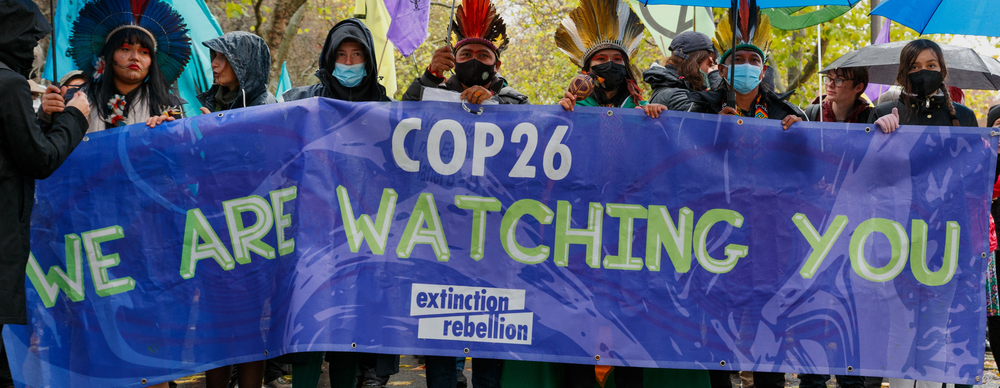So that’s the end of another COP, COP26 to be precise.
The event where the world’s leaders descended on Glasgow to attempt to reach agreement on actions that will limit global warming – the rising of the earth’s temperature – by a maximum of a further 1.5C by 2030.
Depending on who you listen to, anything more than 1.5C will prove catastrophic for the planet.
Shauna Aminath, environment minister for the Maldives, referring to rising sea levels, said: “We have 98 months to halve global emissions. The difference between 1.5 and 2 degrees is a death sentence for us.”
Amidst much political and diplomatic toing and froing, an agreement of sorts was eventually reached between nations at the 11th hour. The global climate deal seeks to reduce the use coal in an effort to reduce greenhouse gases and support an investment programme to aid developing countries adapt to climate impact (potentially a trillion dollars).
Inevitably reactions to the event were somewhat mixed. UK Prime Minister Boris Johnson proclaimed that “the world would look back on COP26 in Glasgow as the beginning of the end of climate change”. Whilst, Friends of the Earth’s Sara Shaw said the outcome was “nothing less than a scandal”
So is there hope? Genuine hope?
One area that was discussed long and often was technology. Low carbon tech, green tech, net zero tech and ‘good old fashioned’ cloud tech, blockchain, and artificial intelligence (AI) were heralded as the poster boys/girls that would help the world achieve its climate goals. Data literally is the new oil – but without all the harmful and damaging effects associated with its processing and extraction.
All of which demonstrates how technology has become so omnipresent in our lives that we overlook how ‘new’ it is.
If we rewind back just 12 short years to 2009, COP15, held in Copenhagen, Green IT and technology wasn’t even a thing.
Catalina McGregor is the woman widely acknowledged to be the originator of the idea of Green IT in the UK. At the time of COP15, Catalina chaired the UK Government body that was tasked with writing and setting new standards and targets for Green ICT. She also represented the United Nations as liaison with the OECD, EC and EU to promote co-operation and best practice on Green IT.
Whilst Catalina covered many areas her topic of focus for COP15 was the data centre. At the time, the World’s major datacentres were consuming the same amount of power daily as Italy.
Catalina’s pitch was aimed at the new generation of ICT leaders who she asked to step forward and ask the question: “Where is my power coming from?” If we can combine our brutal ICT sector pressure to deliver a mix of local renewable, we will alter the fate of our energy sector. I am asking for that strength from you, to build into your SLAs a year-on-year increase in the provision of renewable, and to look to the Environment Agency, which has now achieved a 100% renewable provision for both IT and estates. We are the single most dynamic sector in the world and, a few years from today, we want to be seen as the sector that played hard ball to get clean power full stop and not be labelled dirty power drunks.”
So, did those responsible for managing the world’s technology listen? Well in the main they did.
Fast forward to 2021, and the energy consumed across its data centre estate by vXtream, for example, is sourced from 100% renewable supplies.
There is still room for major improvement in the technology space to reduce its environmental impact, but the example of fossil fuel generated power being replaced with green energy, over a relatively short period of time, shows that where there is a will there is a way.
Image Copyright: Bruno Mameli



Comments are closed.